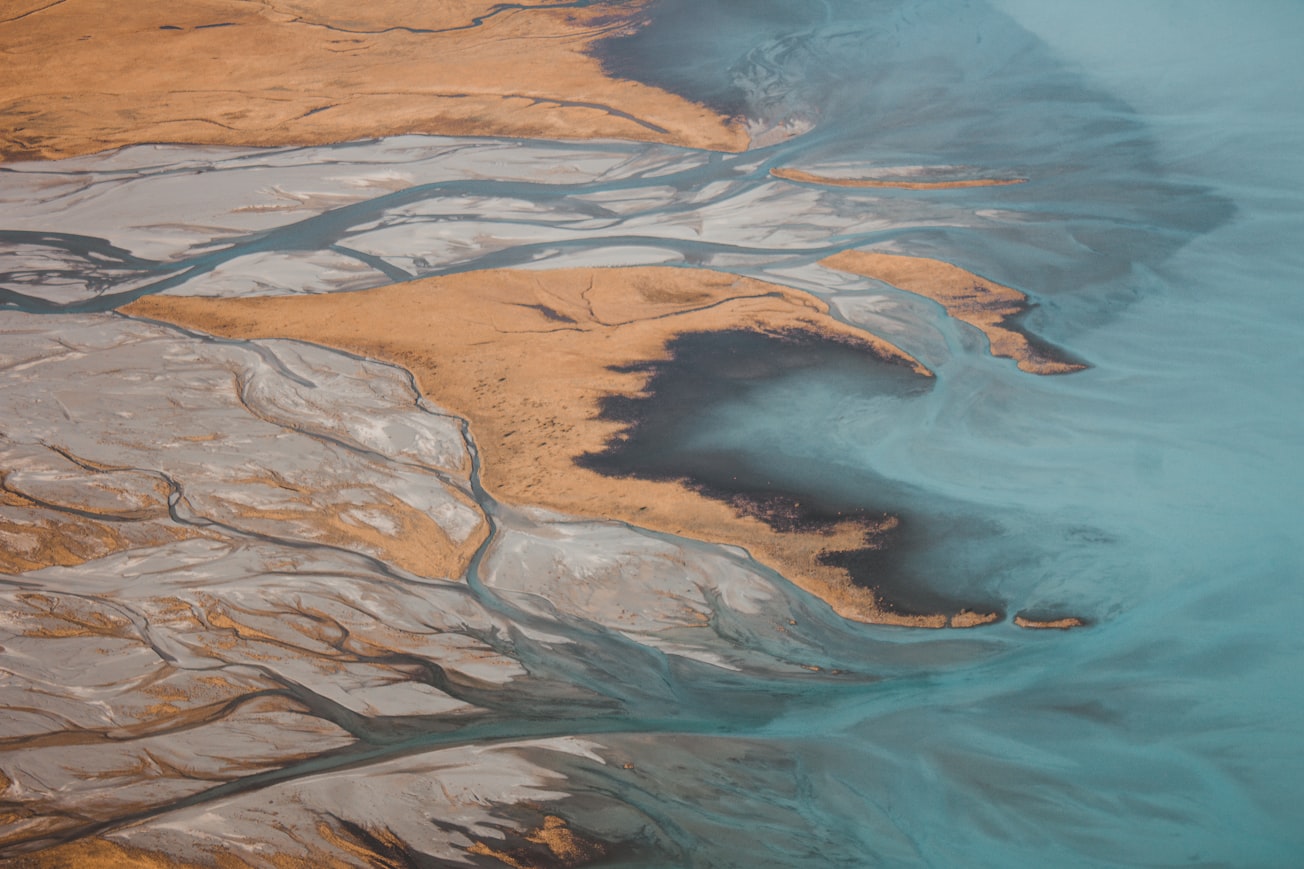What is it about?
In this paper, an analysis is done on the tidally forced dynamical behavior of a partially blocked coastal lagoon. A non-linear differential equation has been deduced for the evolu- tion of the water depth in the blocked part of the lagoon as a function of the tidally driven water depth in the ocean connected part. This dynamical problem depends on two non- dimensional parameters: the relative amplitude of tidal wave and the non-dimensional tidal period (related to the filling time of the blocked part). For very small values of the relative amplitude of the tidal wave, the problem depends only on one parameter. The evolution equation is numerically solved for a wide range in the parametric space, obtain- ing the relative amplitude of the water depth oscillations in the blocked part, its phase lag and the mean water depth behind the bridges.
Featured Image

Photo by Jordan Heath on Unsplash
Why is it important?
The specific case of the Chelem lagoon has been studied, which has been divided by a road with only two small bridges. Water flows from the open ocean-connected part of the lagoon to the enclosed part only through the bridges. The analysis shows the response if a new bridge is built or one of the actual bridges is removed.
Perspectives
The model equation describes how the morphological evolution of tidal inlets affects the tidally forced hydrodynamics of estuaries and coastal systems. As such, the implications of the model relative to environmental concerns are directly related to coastal management and development strategies that require accurate prediction of the residence times (exchange rates) of coastal areas with restricted exchange between the backbay and the ocean. Because changes in tidal regime caused by the development of coastal environments result in a reduction of water exchange, the implementation of the model can be a quick and relatively cost effective approach to assess the effect of morphological changes and the implications in the reduction of exchange of seawater between coastal systems and the open sea. In addition, it can prove to be a valuable tool to test different scenarios due to morphological changes in semi-enclosed lagoons and predict the occurrence of poor water quality in lagoons related to poor flushing. In particular, the model is applied to the specific configuration of the Chelem lagoon and explores the variability in its tidal characteristics after its connection to the ocean was modified.
Dr. Lorenzo Martínez-Suástegui
Instituto Politecnico Nacional
Read the Original
This page is a summary of: Mathematical model of tidal water transport by a partial blockage of a coastal lagoon, Applied Mathematical Modelling, August 2018, Elsevier,
DOI: 10.1016/j.apm.2018.03.033.
You can read the full text:
Contributors
The following have contributed to this page







